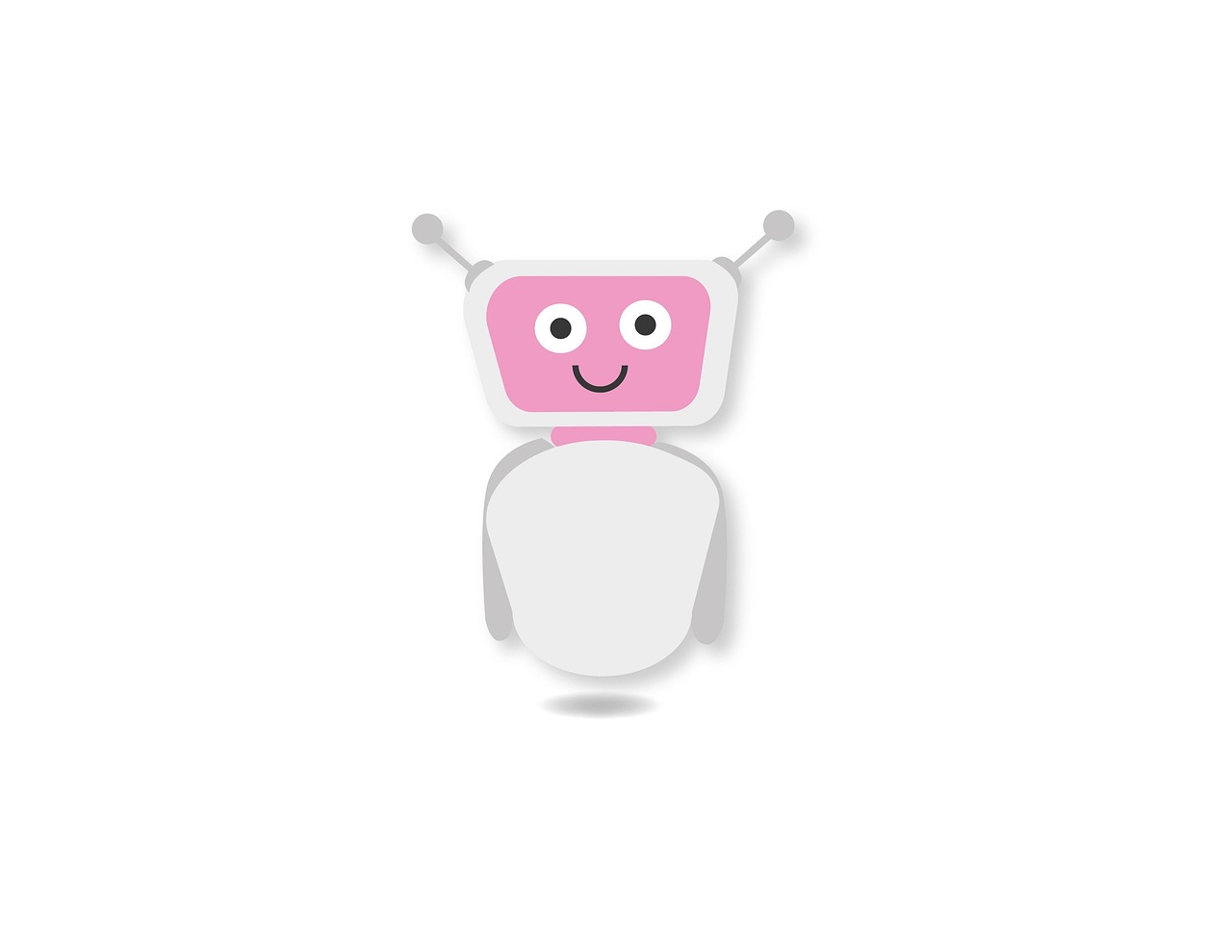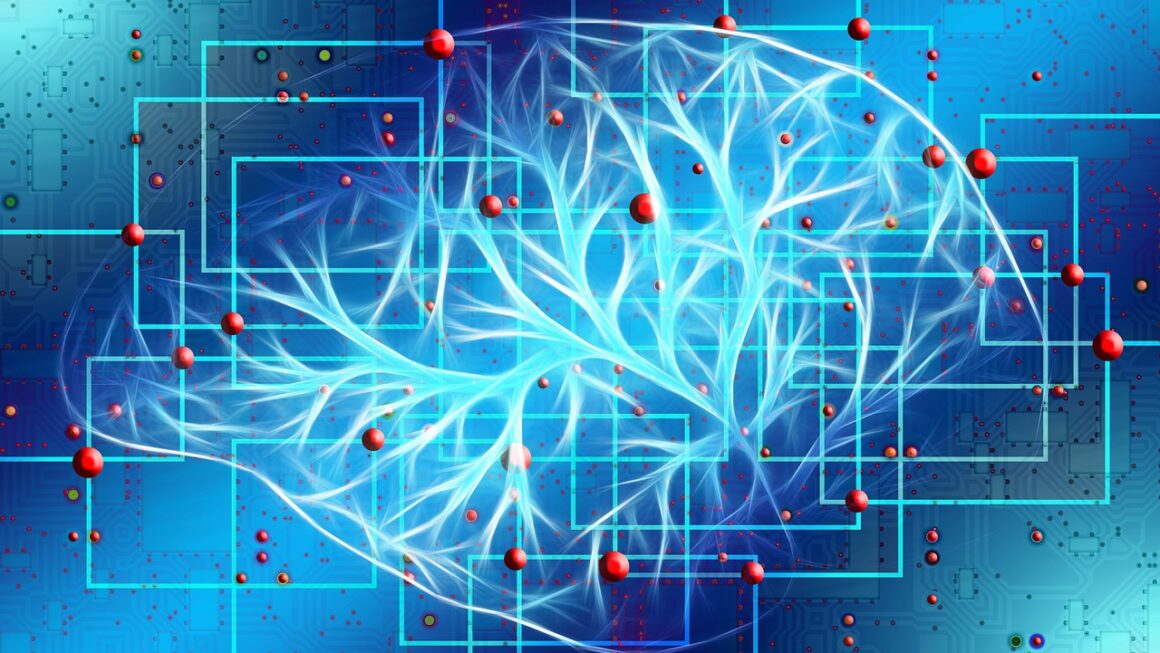Imagine a world where you can conjure images from thin air, simply by describing them. Welcome to the realm of image generation, a rapidly evolving field where artificial intelligence brings your creative visions to life. From generating marketing materials and designing product prototypes to crafting stunning works of art, the possibilities are truly limitless. Let’s dive into the captivating world of AI image generation.
What is AI Image Generation?
Understanding the Technology
AI image generation utilizes sophisticated algorithms, primarily deep learning models like Generative Adversarial Networks (GANs) and diffusion models, to create images from text prompts or other input data. These models are trained on massive datasets of images, learning to identify patterns and relationships between visual elements and their corresponding descriptions.
- GANs (Generative Adversarial Networks): GANs consist of two neural networks, a generator and a discriminator, that compete against each other. The generator tries to create realistic images, while the discriminator tries to distinguish between real images and those generated by the generator. This adversarial process results in increasingly realistic and high-quality images.
- Diffusion Models: Diffusion models work by gradually adding noise to an image until it becomes pure noise, and then learning to reverse this process, gradually removing the noise to generate a new image. This process often results in highly detailed and coherent images.
The Process: From Text to Image
The typical image generation process involves several key steps:
Key Applications of Image Generation
Marketing and Advertising
AI image generation is revolutionizing marketing and advertising by enabling the creation of visually stunning and highly targeted content at scale.
- Generating Ad Creatives: Quickly produce multiple ad variations with different visuals to test which performs best. Example: Generating ads for a new coffee brand with different backgrounds, models, and product placements.
- Creating Product Mockups: Visualize how a product will look in different settings or with different variations. Example: Generating mockups of a new sofa in various living room styles.
- Generating Social Media Content: Create eye-catching visuals for social media posts that are tailored to specific audiences and platforms.
Design and Prototyping
Image generation tools are empowering designers and product developers to visualize and iterate on ideas more efficiently.
- Rapid Prototyping: Quickly generate visual representations of product concepts to explore different design directions.
- Interior Design Visualization: Visualize how furniture and decor will look in a specific space. Example: Generating images of a room with different paint colors, furniture arrangements, and lighting schemes.
- Fashion Design: Generate images of clothing designs on different models or in different settings.
Art and Creative Expression
AI image generation tools are becoming powerful instruments for artists and creatives, opening up new avenues for artistic exploration.
- Creating Unique Art Pieces: Generate original artwork based on specific styles, themes, or concepts.
- Experimenting with Different Styles: Quickly explore how a concept would look in different art styles, such as impressionism, cubism, or surrealism.
- Generating Concept Art: Creating concept art for video games, movies, and other creative projects.
E-commerce Enhancements
Image generation can significantly enhance the e-commerce experience, driving sales and improving customer satisfaction.
- Generating Product Images in Different Contexts: Showcasing products in different settings and use cases to help customers visualize how they can use them.
- Creating Virtual Try-On Experiences: Allowing customers to virtually try on clothing, accessories, or makeup using generated images.
- Personalized Product Recommendations: Generating images of products that are tailored to the individual customer’s preferences and style.
Choosing the Right Image Generation Tool
Evaluating Different Platforms
Several image generation platforms are available, each with its own strengths and weaknesses. Some popular options include:
- DALL-E 2: Known for its ability to generate highly realistic and detailed images from complex text prompts.
- Midjourney: Popular for its artistic style and ability to create visually stunning images.
- Stable Diffusion: An open-source model that offers flexibility and customization options.
- Craiyon (formerly DALL-E mini): A free and easy-to-use option for generating simple and often humorous images.
Factors to Consider
When choosing an image generation tool, consider the following factors:
- Image Quality: Evaluate the quality, resolution, and realism of the generated images.
- Ease of Use: Assess the user interface and the ease of creating effective prompts.
- Customization Options: Determine the level of control over the generation process, such as style, composition, and specific details.
- Pricing: Compare the pricing models and features of different platforms to find the best value for your needs.
- Community and Support: Consider the availability of community support and documentation.
Practical Tips for Writing Effective Prompts
Writing effective prompts is crucial for achieving the desired results with AI image generation. Here are some tips:
- Be Specific: Provide as much detail as possible about the desired image, including the subject, setting, style, and mood.
- Use Descriptive Language: Use vivid and descriptive language to paint a clear picture in the AI’s mind.
- Specify the Style: Indicate the desired art style, such as “photorealistic,” “impressionistic,” or “cartoonish.”
- Experiment with Different Prompts: Try different variations of your prompt to see what works best.
- Iterate and Refine: Use the initial results to refine your prompts and get closer to your desired outcome.
Example: Instead of writing “a dog,” try writing “A golden retriever puppy playing fetch in a sunny park, photorealistic style.”
The Future of Image Generation
Emerging Trends and Technologies
The field of image generation is rapidly evolving, with new technologies and trends emerging constantly.
- Improved Realism and Detail: Expect to see even more realistic and detailed images as AI models continue to improve.
- Enhanced Control and Customization: Users will have more control over the generation process, with the ability to fine-tune specific details and styles.
- Integration with Other Tools: Image generation will be increasingly integrated with other creative tools, such as photo editing software and design platforms.
- Personalized Image Generation: AI models will be able to generate images that are tailored to the individual user’s preferences and style.
Ethical Considerations
As image generation technology becomes more powerful, it’s important to consider the ethical implications.
- Copyright and Ownership: Clarify the ownership and copyright of generated images, especially when used for commercial purposes.
- Misinformation and Deepfakes: Be aware of the potential for misuse of image generation to create misinformation and deepfakes.
- Bias and Representation: Address potential biases in training data that could lead to unfair or discriminatory outcomes.
Conclusion
AI image generation is a transformative technology with the potential to revolutionize various industries and empower creative expression. By understanding the underlying technology, exploring its diverse applications, and choosing the right tools, you can harness the power of AI to bring your creative visions to life. As the field continues to evolve, staying informed about emerging trends and ethical considerations will be crucial for responsible and impactful use of this exciting technology.




